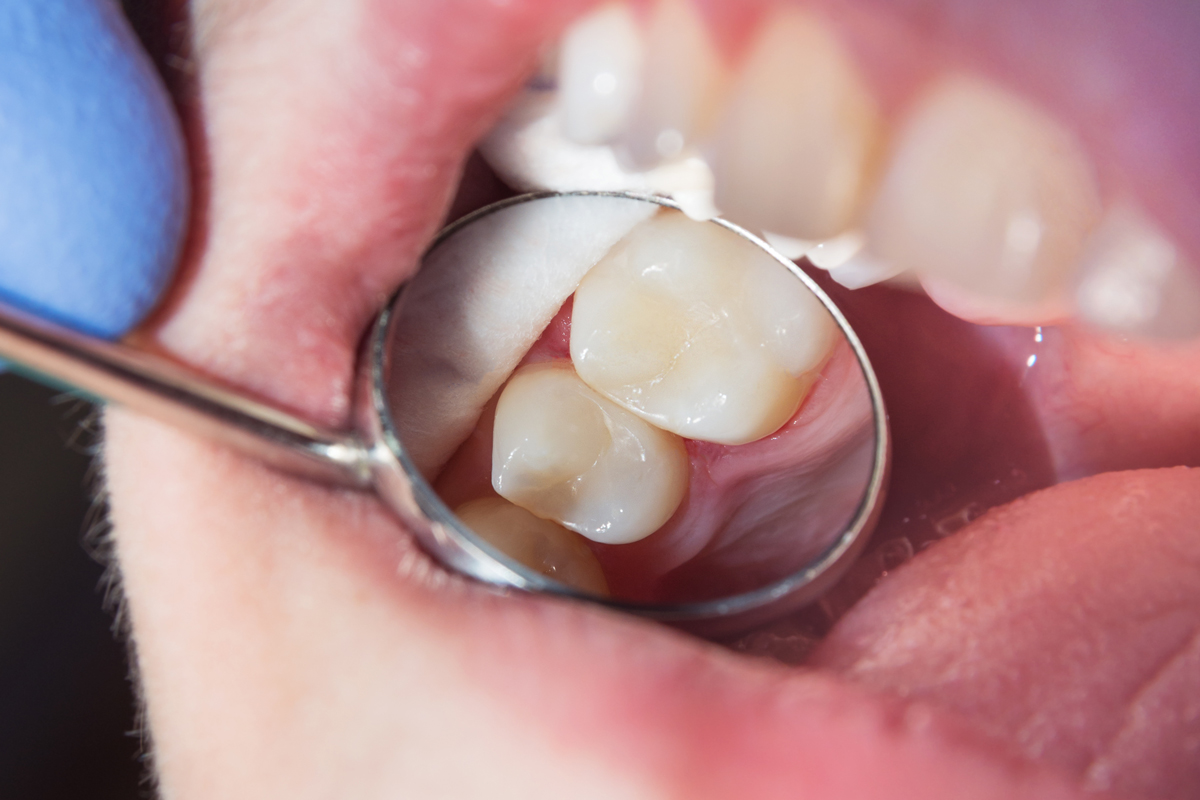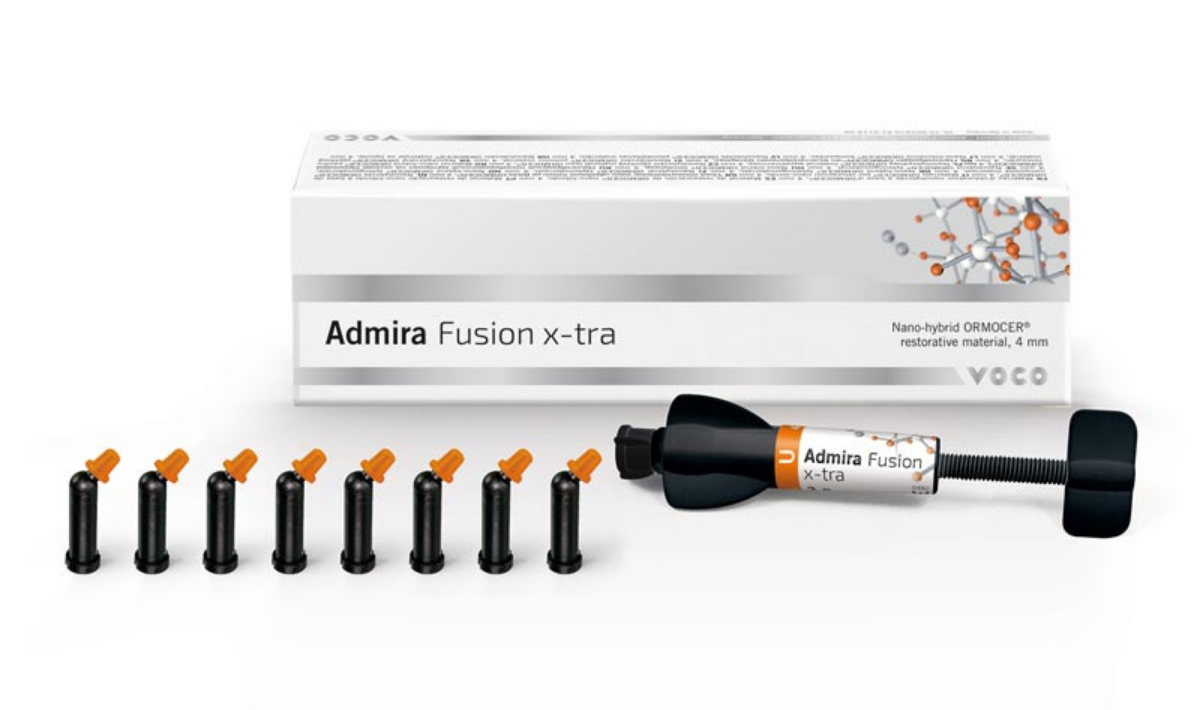When it comes to dental restorations, there’s a lot riding on the composite. It takes a high-quality composite to successfully address shrinkage, polishability and handling. Yet many dentists tend to stick with their current composite until they encounter its shortcomings.
“When I ask dentists what their biggest concerns are with regard to composites, they almost always mention shrinkage, polishability, radiopacity and handling,” says Lisa Eisensmith, M.A., Senior Marketing Manager, Direct Restoratives, Ivoclar Vivadent, Inc. Shrinkage can affect the marginal integrity of the restoration; polishability can attribute to secondary caries; and radiopacity can aid in a diagnosis using an X-ray.
In Eisensmith’s experience, dentists base their purchasing decisions primarily on how well the composite handles, which can be a very subjective decision, she points out. “They also look at promotions and price, peer recommendations and product evaluations,” she says. “Composites are a tough category due to the number of products on the market. And dentists do not tend to look for a new material unless they are experiencing challenges with their current material, or if there is a significant advancement in materials.”
While the composition of today’s composites – filler particles and monomers – is much the same as that of early composites, the size of the filler particles has significantly decreased, which has led to improved tooth strength, fracture toughness, surface hardness and overall tooth integrity.
“The introduction of the nano-sized filler particles almost 15 years ago has led to improved physical properties of the material, as well as the polishability and gloss retention of the restorations,” says Eisensmith. “The introduction of the 4mm composites also became a game changer for posterior composites. With regard to our 4mm composites at Ivoclar Vivadent, dentists can decrease placement time significantly without compromising the quality and esthetics of the posterior restorations.”
Both the size of the filler particles and the pigments in the materials determine where the materials are placed, Eisensmith continues. “For example, many of the 4mm composites are indicated in the posterior. They have minimum shade offerings, which are more widely acceptable in Class I and Class II restorations. When it comes to the anterior, dentists tend to look for exact shade and transparency options so they can match the shade and characteristics of the natural surrounding dentition. Ivoclar Vivadent’s Empress Direct composite, for example, has 32 shades and 5 levels of translucency, which provides all the necessary options for a highly esthetic anterior restoration.”
Over the past 10+ years, many dentists have made the shift from amalgam filling material to resin-based composites, according to Eisensmith. That said, patient demographics greatly impacts the choice of materials for direct fillings, she points out. “Amalgam fillings are still a relevant option for patients who do not wish to pay out-of-pocket costs for a direct filling,” she explains. “These are typically covered by dental insurance, while resin-based fillings often result in out-of-pocket expense for the patient.
“Esthetically pleasing resin-based filling materials are the more popular direct-filling material option,” she continues. “Approximately 80 percent of direct restorations are posterior restorations, which is why there has been a trend towards the more efficient 4mm posterior materials.”
Composites – which have a shelf life between two and three years – can range in price, depending on a number of factors, according to Eisensmith. Flowable composites, which are sold in a syringe delivery system with about 1.2 grams of materials, are considerably less expensive than sculptable composites in a cavifil delivery system with 4-5 grams.
“The raw materials a manufacturer uses can impact on the price,” says Eisensmith. “Many times, pricing reflects the cost of raw materials, as well as the technological advancements of the materials. This can lead to a higher quality material designed to outlast the lower priced competitors.”
Points to consider
Many dentists are still unaware of 4mm composites, even though they have been available for the past 10 years, according to Eisensmith. These materials have been validated by over five years of clinical studies and are known to facilitate efficiency in the dental practice, she notes.
Dentists should consider the following:
- What would I like to change about my current composite material?
- What are the most important criteria I consider when choosing a composite?
“The objection I hear most often from dentists concerns how well the composite material handles,” says Eisensmith. “Dentists tend to have handling benchmarks based on the material they currently use. I understand how important handling is, but with the availability of composite warmers and new instrumentation that aids in a simplified placement, handling should not be a reason for dentists to walk away from a clinically proven, predictable material.”
“The beauty of composites is that they are a consumable product for a procedure that is done quite frequently in every general practice,” says Eisensmith. They are a great foundation for success for both the dental practice and sales reps, she adds.





